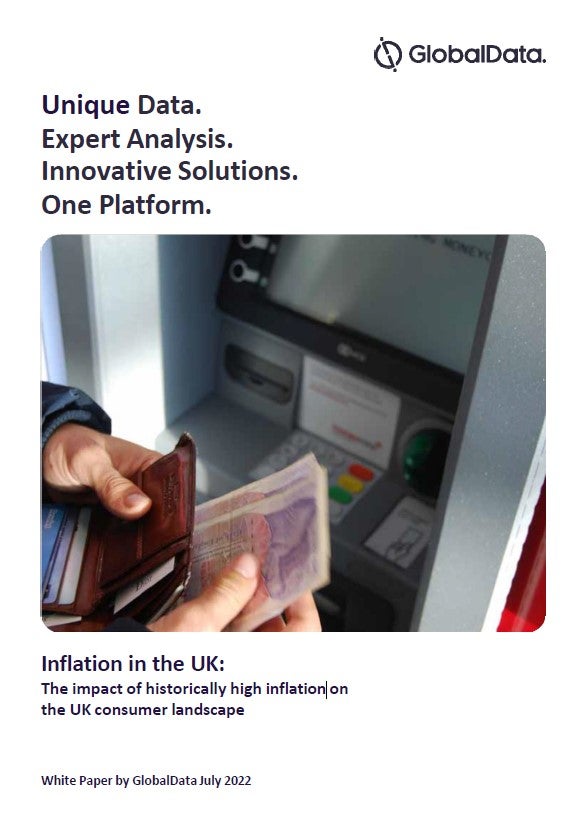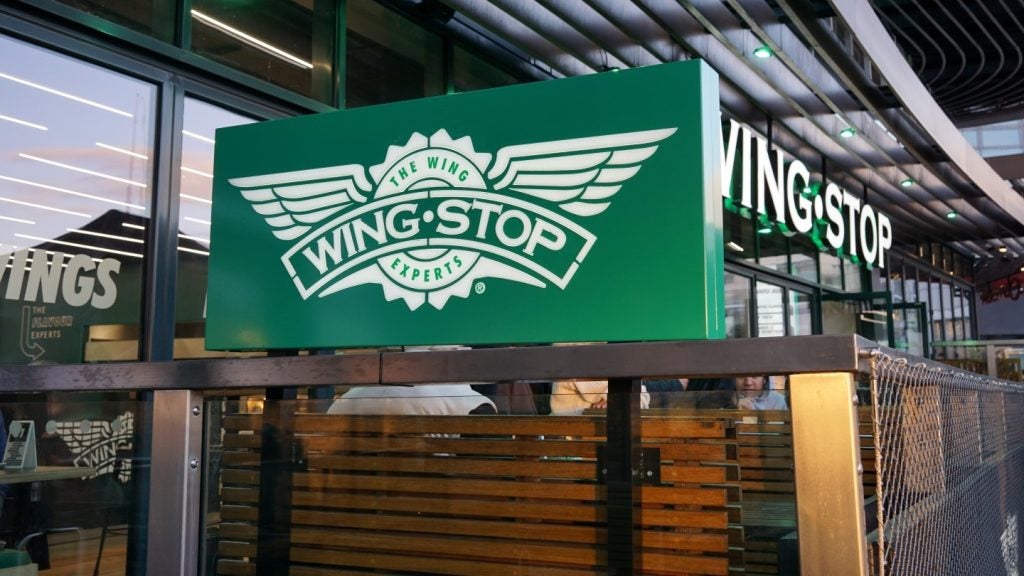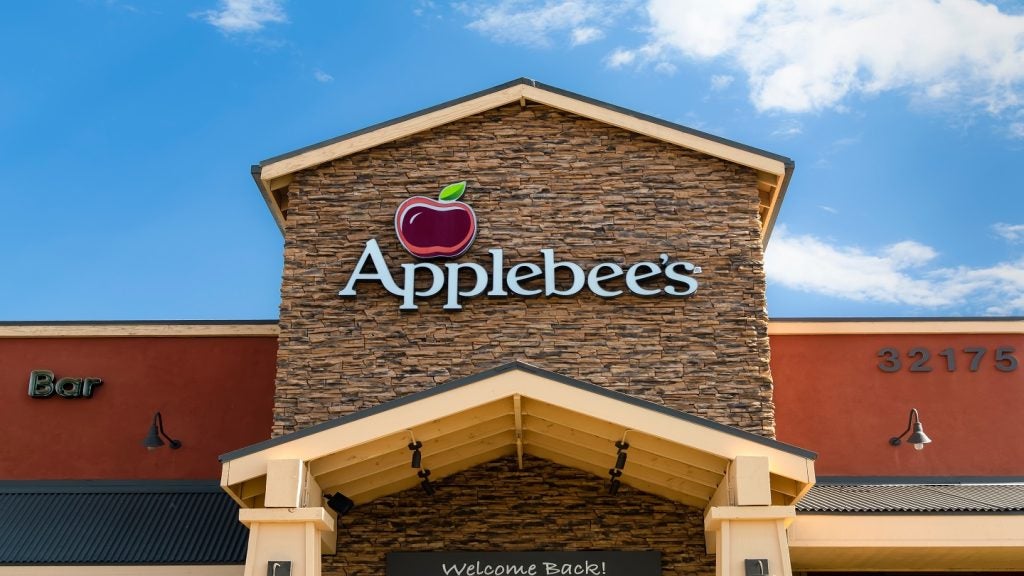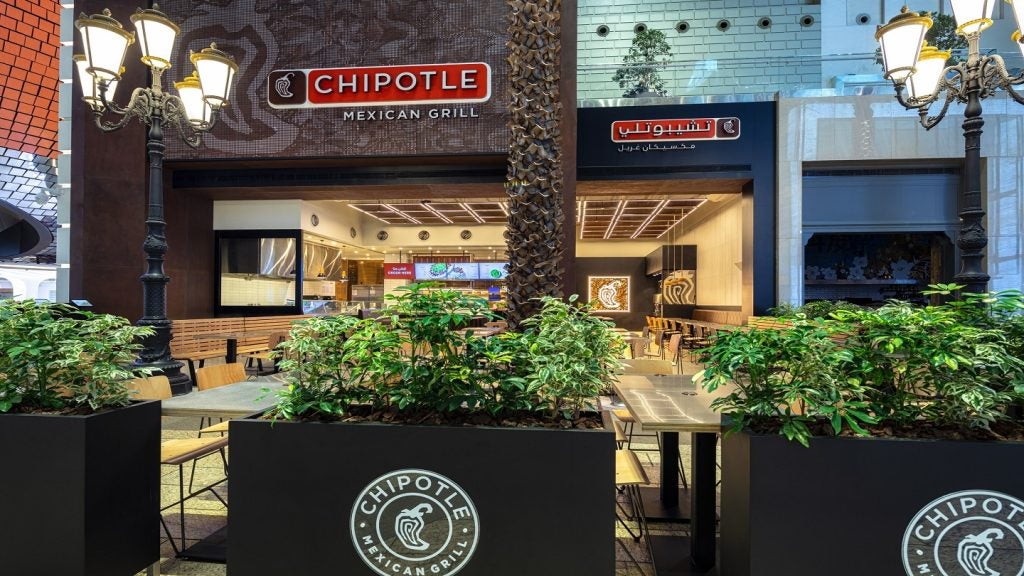
Operators must constantly examine as many strategies as they can to drive footfall to their sites, increase spend-per-head and grow revenues. The latest trend to hit the restaurant scene to assist in doing just this is dynamic, or ‘surge’ pricing. from Dora Furman, vice president, Revenue Management Solutions, explains further.
It works by way of price flexibility and being able to alter the price based on demand at different times of the day. Dynamic pricing forms part of a bigger practice called yield management, which monitors revenue streams to maximise their potential for industries with defined characteristics. Some sectors of the hospitality industry are already long-established in the practice, and now restaurant operators are getting in on the act, looking to add a new layer of flexibility.
What’s it all about?
Yield management is defined as the techniques used to optimise total revenue or ‘yield’ and is rooted in the economic theory of the ‘law of demand’, where customer purchasing behaviour responds to changes in price. The concept was first introduced by American Airlines, however, with the de-regulation of the airline industry in 1979, it has since grown in use across a number of sectors – all of which share six key features:
1. Perishable inventory
2. Limited supply
3. Variability in demand
4. Low marginal costs
5. A segmented customer market
6. The ability to sell the product or service in advance
Consumers are perhaps most familiar with the use of yield (or revenue) management in the travel industry, as airlines, hotels and car rental companies constantly alter rates based on revenue channel, day of booking and date of future use.
How well do you really know your competitors?
Access the most comprehensive Company Profiles on the market, powered by GlobalData. Save hours of research. Gain competitive edge.

Thank you!
Your download email will arrive shortly
Not ready to buy yet? Download a free sample
We are confident about the unique quality of our Company Profiles. However, we want you to make the most beneficial decision for your business, so we offer a free sample that you can download by submitting the below form
By GlobalDataConsumers continue to be extremely savvy shoppers, adapting the way they shop, from changing the time of travel departure (“I can save £200 if I leave at 5am!”) to managing the time and place of booking. Now, they’ve got it down to a fine art.
Businesses such as Uber are leveraging similar yield management tactics, using dynamic pricing to adjust rates by the minute. What sets them apart from the airlines and hotels is the immediate need their services fulfil for customers. Although a customer can book a future journey, the service is most commonly called upon for instant use.
Interestingly, while restaurants share some of the common characteristics and have historically utilised yield management through tactics such as printed coupons, app-based offers via the likes of Groupon, day-of-the-week promotions and early-bird menus – the techniques are less advanced compared to what has been happening across the wider hospitality industry, reflecting a more static and less flexible pricing strategy.
The above raises the question, are restaurants leaving money on the table? Should operators be invoking a more flexible pricing structure? Additionally, should they charge a different price for the same product on different days or during different hours of the same day?
Already popular in the US, some UK restaurant operators have recently started trialling dynamic pricing. One such example is the high-end London eatery Bob Bob Ricard, which is cutting 25% off its bill for off-peak diners, whilst independent operator, Norse, based in Harrogate, is experimenting with set discounts that vary according to the day of the week. Norse has now moved the trials on to Tock, a booking platform which enables customers to choose from a four or eight-course menu at £40 and £60 respectively – booking via two methods. The first option is to leave a £15 deposit, which is removed from the final bill. The second is a ticket-based system for diners who want to secure additional value by obtaining a table at a reduced rate and then finding a date to use it when slots are released. Advance tickets range from £25-35 for the four courses and £40-55 for the offer to try eight. Prices change based on demand, as well as by day and time.
Taking the guess-work out of dynamic pricing
In 2012, a US reservation system called Savored, provided another service designed to drive traffic to other casual and fine dining restaurants during off-peak hours. However, the platform focused on the more conventional discount model – instead of charging a premium when supply was limited, they provided discounted rates to attract footfall during less popular periods. The system was acquired by Groupon and used as a reservation component on the discount company’s web and mobile-based programmes – that too was short-lived.
By obtaining customers through a platform focused on discounts, restaurant operators were attracting new customers with different purchasing behaviours. Whilst the hope may have been to bring back that customer at full price another time, the reality is that the re-purchase rate is typically lower because those customers, or ‘deal-seekers’, are ultimately price-sensitive and demonstrate limited brand loyalty.
So, before operators seek outwards, they should look inwards to understand their existing client base, examining how to get the customers they already have to come in more frequently and spend more. To employ a successful dynamic pricing strategy, restaurant operators first need to understand their customers’ purchasing preferences. Obtaining customer feedback is one option, however, beware, because how they answer in a survey may differ significantly to how they act in reality.
The guess-work can be taken out of restaurant pricing. Today, the ever-increasing amounts of customer data operators collect through the implementation of loyalty programmes and advanced EPoS systems, ensures they can answer this question more easily and accurately than ever before. If leveraged appropriately, bill data can help identify the customers – answering specific questions such as who comes in when, how much they spend and which items they are more likely to buy together.
Operators should be looking to segment say, Monday evening business into the key categories of: starters, mains, desserts and drinks and then look at how price and promotions differ to increase sales. Could the ‘Date Night’ couple (a one starter, two mains and two drinks bill) be encouraged to eat or drink more? Consideration should be given to offering a discount to increase their frequency, from once every three months to once every month.
There are other examples too. If an operator is falling behind on say a Wednesday at 1pm, they can react swiftly and deploy dynamic pricing, sending a promotion to their email database or working with a third-party supplier, such as a social media channel or a delivery partner, to send an instant offer to customers they might not otherwise have reached. If someone is hungry, and they’re scrolling through Deliveroo, pushing a dynamic offer to them via that operator is a pretty instant way to attract business that might have passed by.
Independent operators can also gain from a dynamic pricing strategy. Perhaps they do not have the reassurance of advance bookings that the fine-dining restaurants do, or the vast footfall and swift turnaround of a quick service operator. However, they can react to customer behaviours using the knowledge in their data via channels that are suited to their business. Operators should be looking to use their data to predict times they anticipate a few empty tables, designing offers and changing prices each time they change their menu. Eventually, digital menus will become the norm across the restaurant scene, allowing operators to make instant changes to pricing according to the market conditions at the time.
The key message underpinning the success of a dynamic pricing strategy is that understanding data and really getting to the heart of it, needs investment to see a return. Operators should create a plan based on the knowledge already at their fingertips. Why cannibalise organic sales with random or guess-based offers when the table would have been occupied anyway? It is important to be reactionary – but to the real data. Time and money needs to be invested. Managers must be trained to play to the strengths of the dynamic pricing model and react on the ground. With these ideas in place, every restaurant should be ready for the rush as they push meaningful offers to the right places, at the right time.









Related Company Profiles
Norse Corporation
American Airlines Inc
Groupon Inc
Deliveroo Plc
Uber Inc